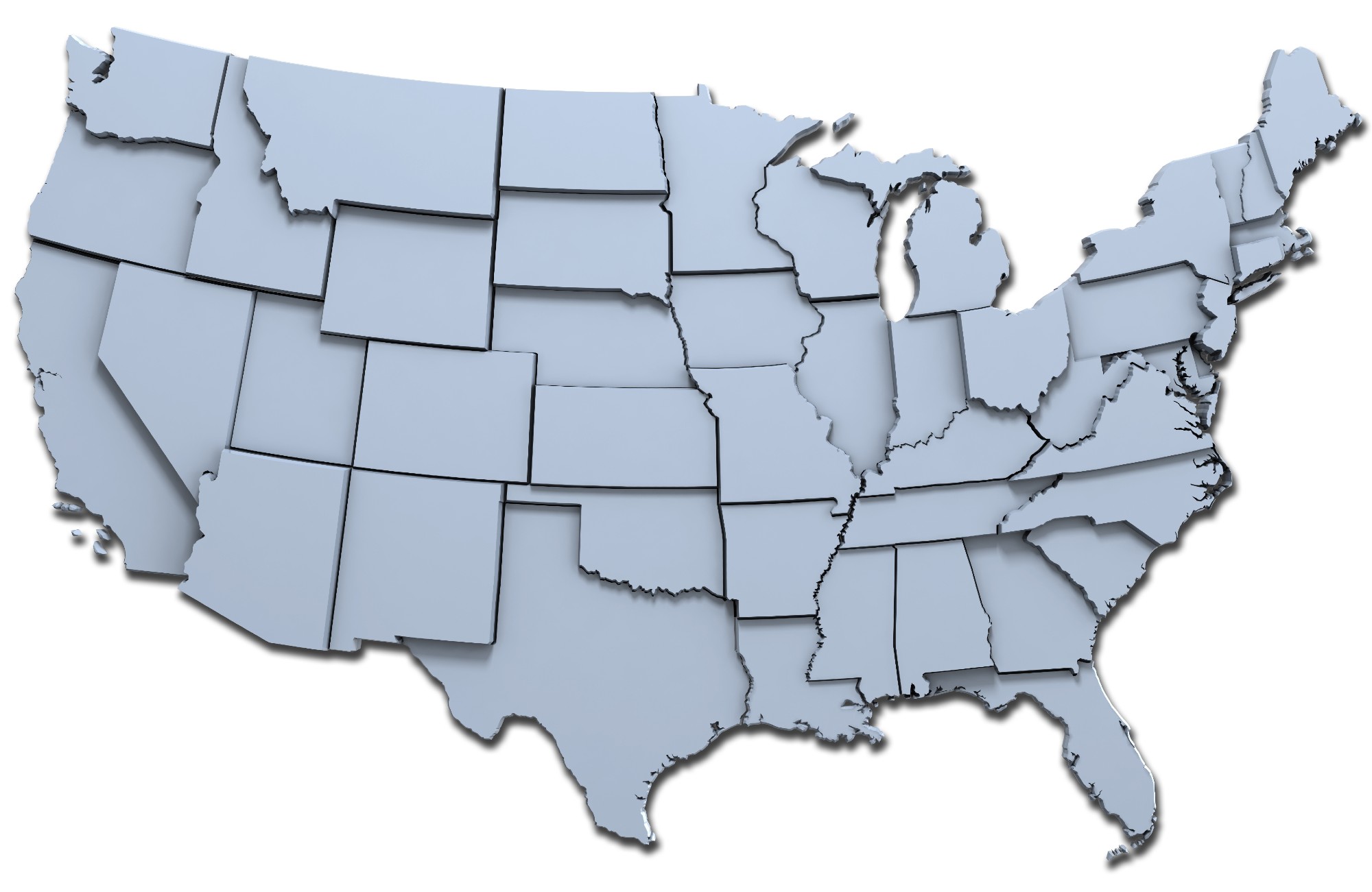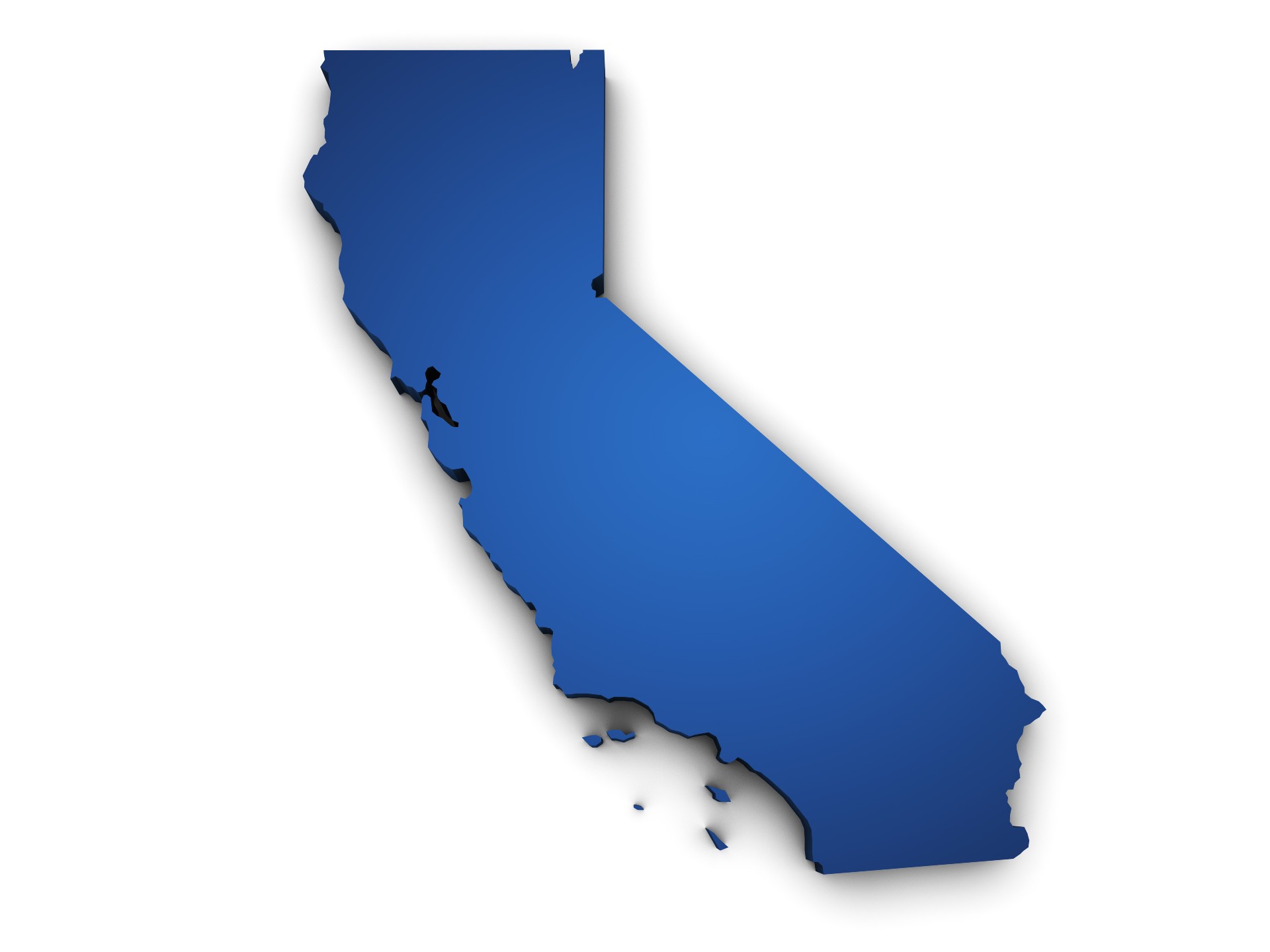The U.S. National Water Safety Action Plan is just weeks from release, with the California version now available.
For the past few years, safety advocates and other stakeholders have been working on the plan, created in response to a recommendation from the World Health Organization that nations find the most effective ways to reduce drowning in their area. Several states had embarked on plans specific to their environments.
Both the national and California language took a slightly different turn than originally planned. At first, these strategies were meant to provide specific directions to follow, and language that could be incorporated into codes and laws, as well as priorities and goals for research and other activities. But the groups developing both plans came to the same conclusion.
“As we developed the U.S. plan, we heard again and again that one size does not fit all, that you really need to consider what is happening in your own backyard in order to put together actions that are really going to have an impact,” said Morag McKay, chair of the U.S. National Water Safety Action Plan’s Steering Committee, and research director for Safe Kids Worldwide.
Instead, both entities are providing guidance and tools to help regions assess their own needs to reduce drowning. The U.S. plan also will promote minimum standards for areas to meet, such as data that should be collected on all incidents to better track their occurrence.
In its plan, expected for a summer release, the U.S. team also hopes to provide advocacy tools, including facts, data and perhaps model codes to help promote laws and codes meant to reduce drowning. “We can provide some guidance so that we don’t require everybody to go through the whole process of pulling all that information together themselves,” McKay says.
Later this year, the U.S. plan also will include 97 recommendations for action, compiled by the team’s six working groups, which address data/public health surveillance; supervision/lifeguards; life jackets/personal flotation devices and other flotation; rescue/CPR; barriers/entrapment/electrical safety; and water safety/water competence/swimming lessons.
California’s plan lists eight priorities for the state to address to reduce drowning, so each area can find a strategy that best suits it. With the state being so large and containing so many different types of water bodies, the California team also believed flexibility was important.



